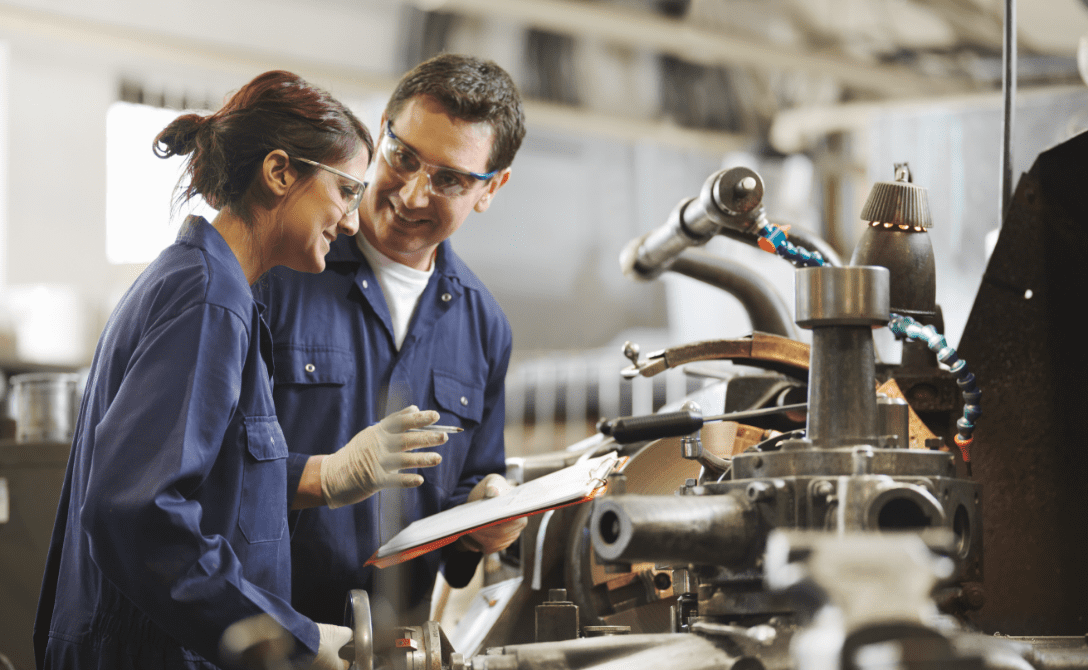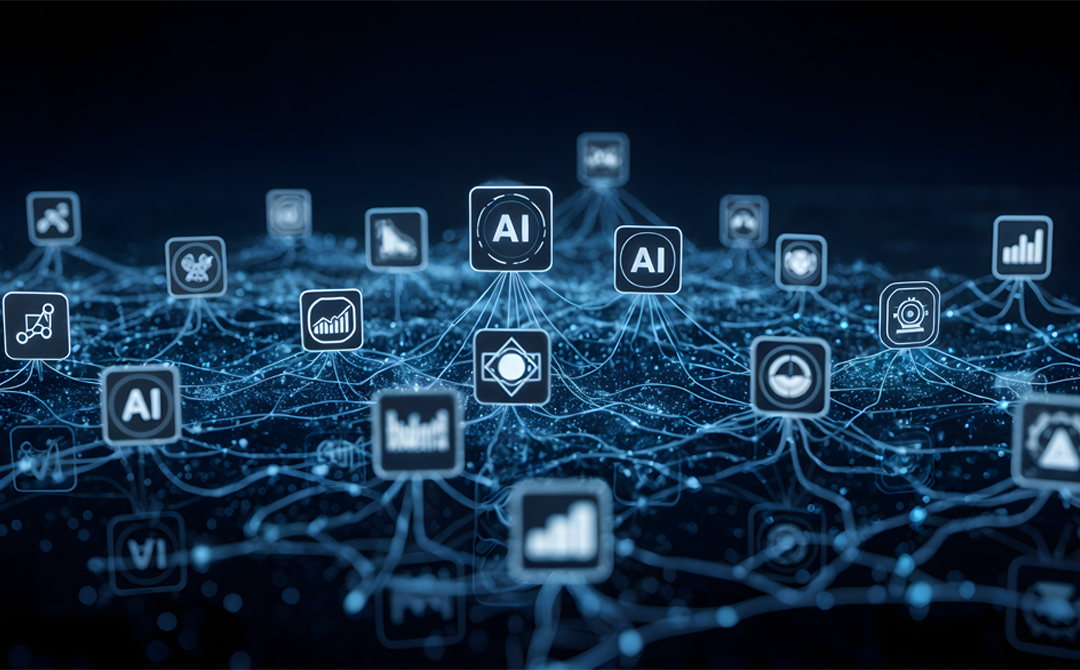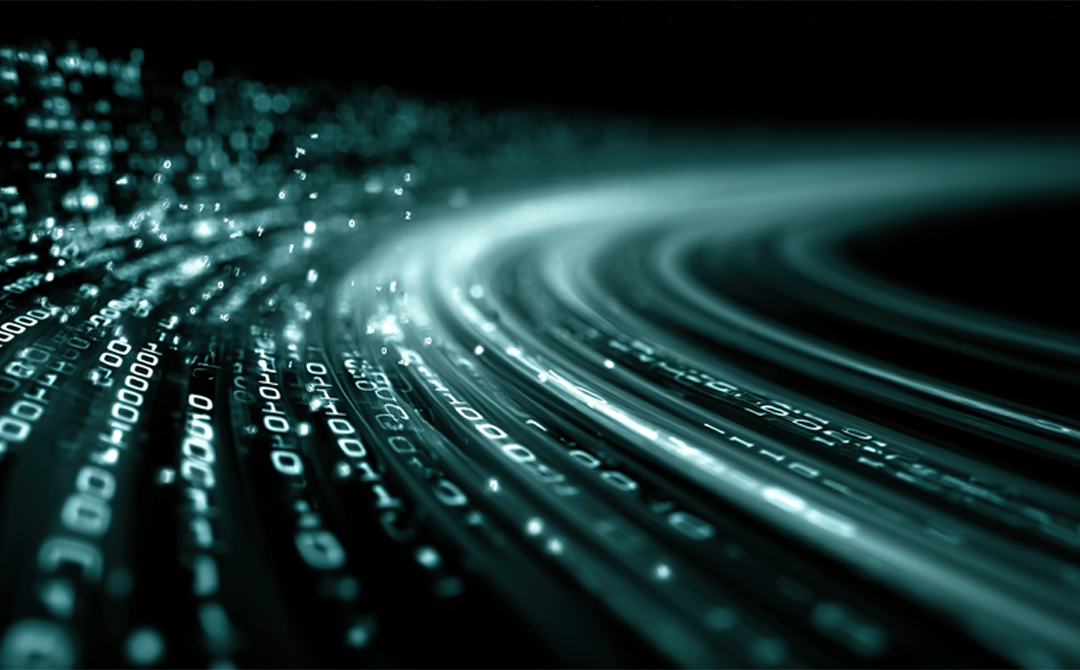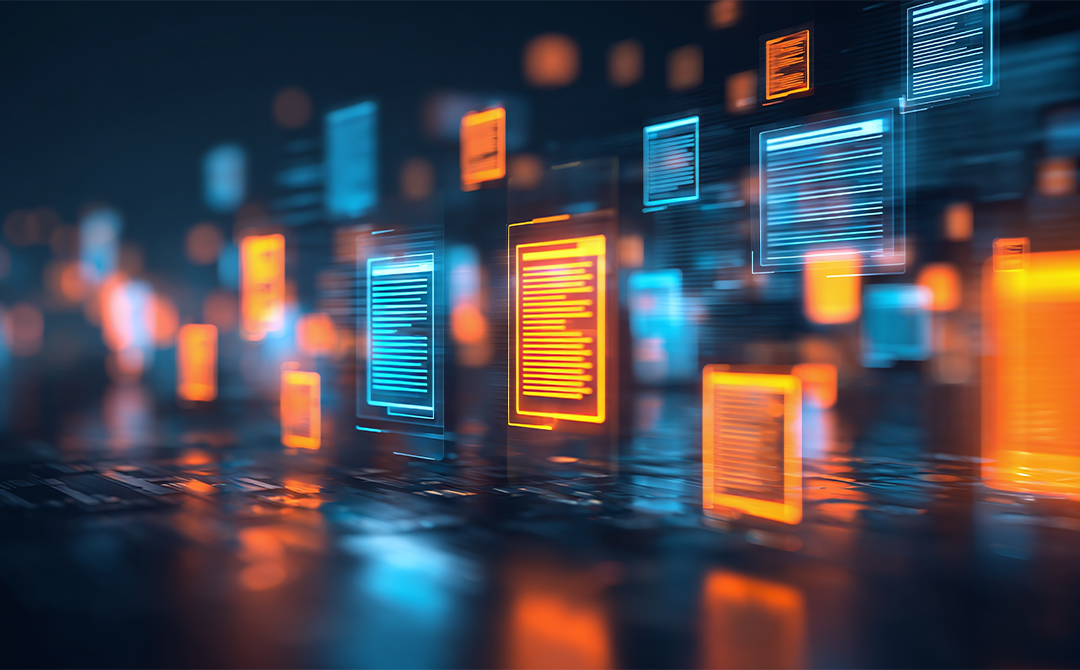
Just a few years ago, AI seemed like some futuristic tech straight out of a Sci-Fi movie. But the tables have turned now. We probably experience AI-based tech more often than we think.
We come across at least one instance of AI in our daily life – be it a product recommendation algorithm on an online shopping platform or text auto-correction in our smart phones.
Recent developments in AI, have begun to question the very characteristic of human nature which makes us unique, i.e., creativity. AI is already creating a myriad of visual art, poetry, music, and likewise, which bear an eerie resemblance to real human art.
The Creative Leap of AI
Can we really imagine intelligent machines rivaling human creativity? Somehow, it’s still difficult to imagine a mathematical algorithm to be creative, isn’t it? But, not anymore.
What we’re witnessing is that AI can be creative, even artistic. Recognizing and sorting images is one thing, but how about creating those from scratch?
Intelligent AI systems are now capable of creating artwork using certain algorithms. Much like in the creative world, where there is no set of rules to be followed, similarly to create AI art there are no particular rules. Thousands of images are analyzed and then the algorithm generates a new image. In the same way as we accessorize our paintings and those get better, AI too includes stylistic processes to generate images. More importantly, AI art does not replicate what humans do; rather it replicates the actual human thought process and enhances human creativity – a process called as “co-creativity”.
Interestingly, Creative adversarial networks (CANs) – a set of machine learning frameworks – maximize deviation from established styles. Human artists are directing the code with a desired visual outcome in mind and some really interesting artwork is being made. Quite artsy, isn’t it?
Collaboration is the key
Since AI has officially entered the world of art, it seems we’re getting overwhelmed and been thinking AI to be a threat to the art world. Here’s the catch – AI works best with human collaboration. Basically, AI uses algorithms that are fed to it. The more you feed, the better and easier it gets. Seemingly, AI works best when there’s an amalgamation between human creativity and modern machines. It’s not the technology alone that makes the difference but rather the knowledge and creativity of humans. It means AI is never going to replace humans in art as there is a requirement for real creativity, the real human emotions.
Impact of AI algorithms in Art: Overcoming the Limitations of Human Creativity
Creativity is attainable. But, human creativity has its limitations. This is where AI comes to your rescue and solves your problems. AI emulates and enhances our creative thought process in art and business as well. AI art or art created with neural networks has recently surged up with being hotshot “AI artists” on the rise. With an algorithm named AICAN, a solo exhibition was held in New York having each of its portraits sold for $6000 to $18,000.
Another example is Unsecured Futures, a solo exhibition to showcase artwork – drawing, painting, sculpture and video art – by Ai-Da, the first ultra-realistic humanoid robot artist. The brainchild of Gallery Director Aidan Meller, Ai-Da is capable of using her eyes and pencil for drawing people from life using AI-based algorithms. This exhibition actually questions the human relationship with technology but interestingly, it was a grand success that earned Ai-Da around 1 million pounds worth of artwork.
Applications of AI have found their way into the music industry too. AI-based algorithms are being used by musicians in their live performances, studio production in the form of various plug-ins and software. Moreover, some of the current AI technologies have successfully composed entire songs.
The best example would be Bach’s music, which integrates math into its music following a structured pattern, and can be easily replicated by AI. Facebook AI Research (FAIR), whose research team has created high-fidelity music with neural network is another such example.
The song “Drowned in the sun”, written by AI Magenta and launched by Google is also a work of art. Google’s latest Poem Portraits is another such example of how far the field of AI has come in the past few years. New AI tool – Deep Nostalgia – animates the faces in old photos to make them look alive.
Recently, GPT3 – the third generation of the language predicting deep learning algorithm took the world by storm by generating some of the most human-like conversations such as poems, stories, articles, etc.
Could AI be the Future of Art?
Humans have been raising the bar from drawing machines to generating arts using AI. Needless to say, AI has transformed our society and has changed the way we interact with technology. Though its impact upon us is greater, still there will always be negative consequences associated with it. But it would be hasty on our part to predict that AI will take over our life.
When GPT3 was announced to the world, it received a mixed response; one of utter amazement as well as deep concern. The age of the Industrial revolution witnessed machines replacing humans as a better alternative.
Now, this raises the question – will we be replaced by AI algorithms in the same manner? Are the algorithms the better alternatives? And if so, will it be for the greater good of mankind? These are some genuine reasons for concern.
Algorithms are a product of the human thought process. AI is not as artificial as we might deem it to be. AI algorithms merely implement our thought processes on a computer. Hence, all that an AI can create is a product of collaboration among humans. We feed in the data that other humans have generated.
Art by AI algorithms is a reflection of the global creativity of mankind. They are an ideal representation of what we, as individuals, have put into the world.
On this World Art Day, let’s rejoice in the artistic results of a synergistic collaboration between humans and intelligent machine systems.

AUTHOR - FOLLOW
Sanat Pai Raikar
Associate Principal
Topic Tags
Next Topic
Opportunities, problems, and ML models: How MLOps is becoming a requisite for CPG leaders?
Next Topic




